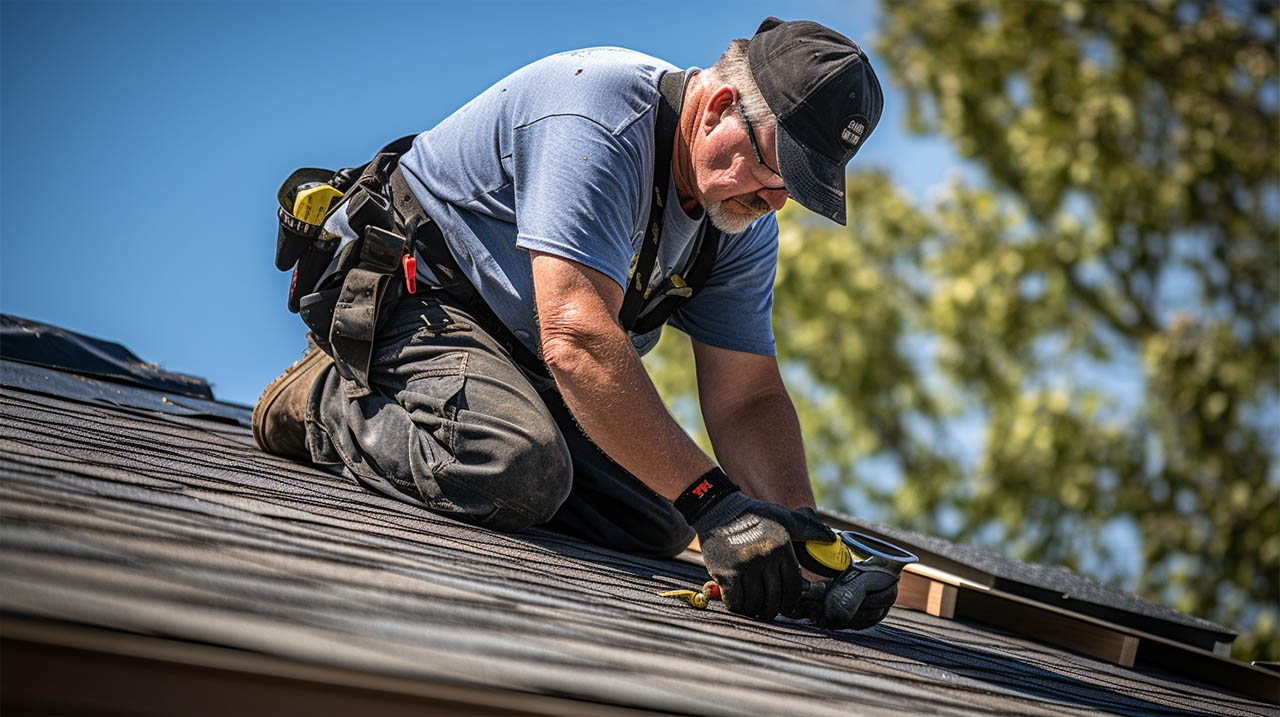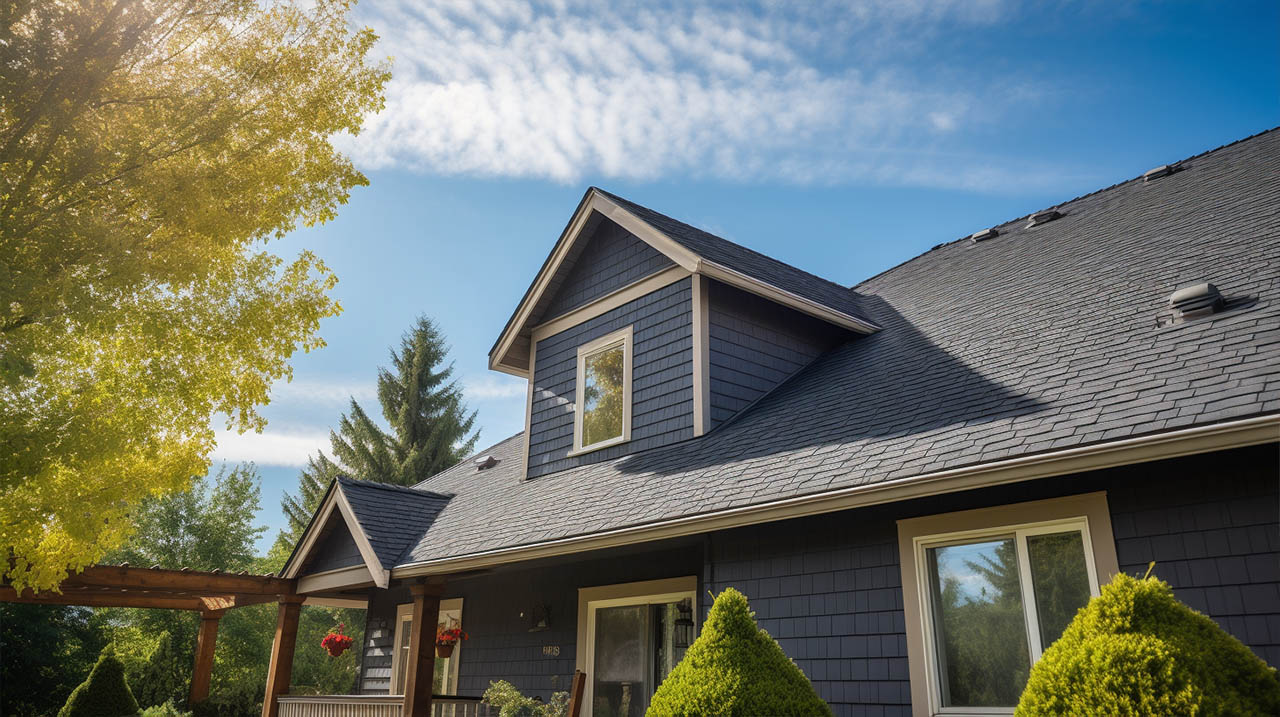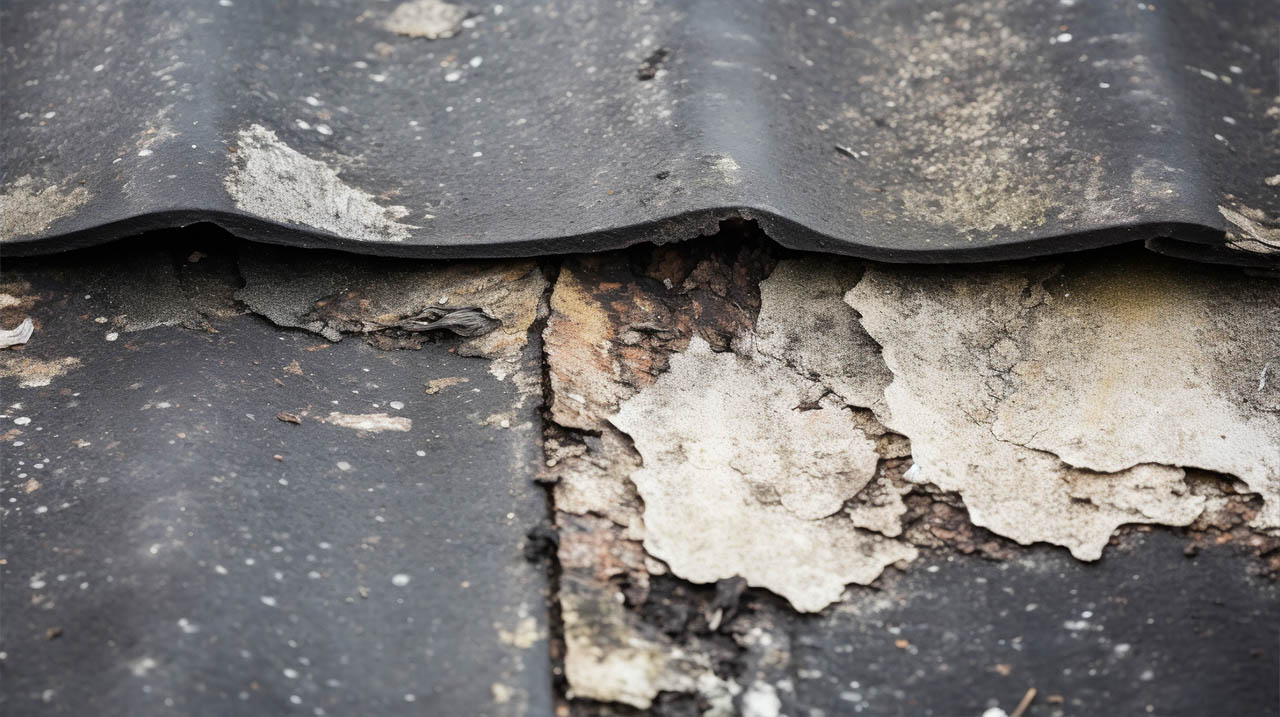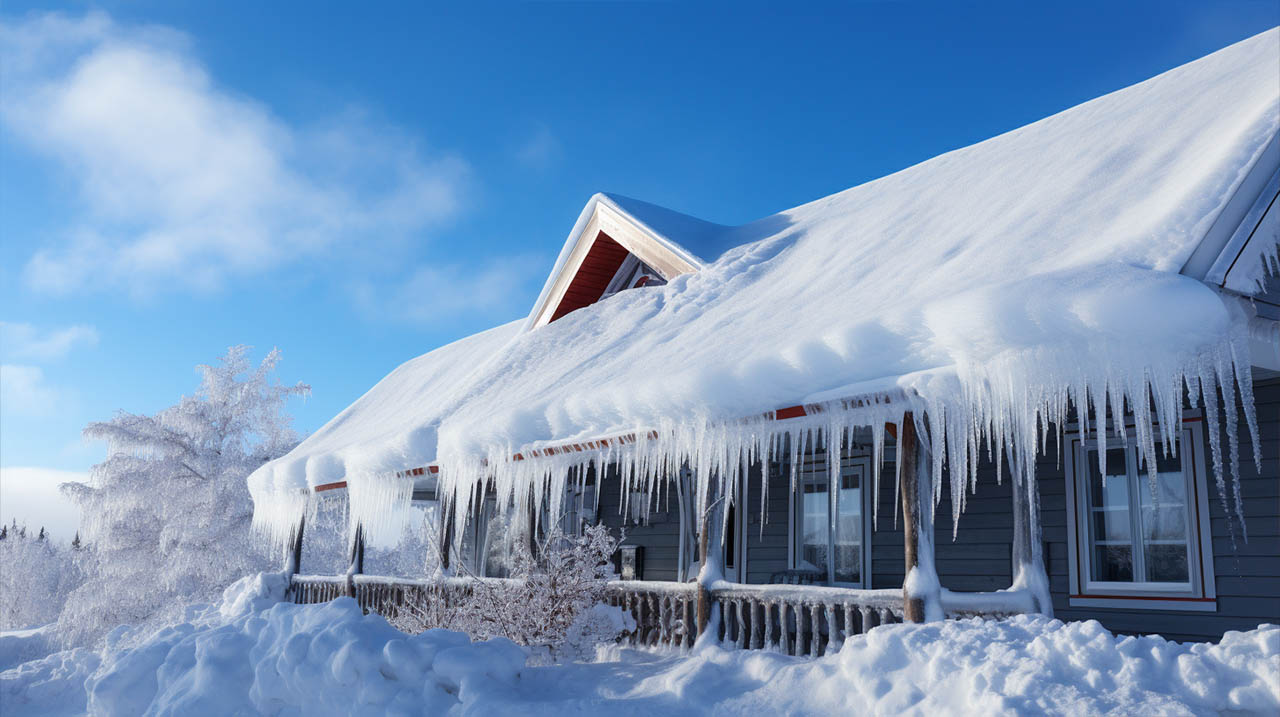Roofs are an essential aspect of every structure, providing shelter, insulation, and protection. However, as we at Kanga Roof have seen in our extensive work across Columbia Maryland, they can be vulnerable to various issues over time. Understanding these issues is crucial for timely intervention and maintenance. In this article, we delve deep into the most common types of roof repairs and offer insights on their significance and how to address them.
1. Leaking Roofs: The Common Culprit
Causes of Roof Leaks:
- Age: Roofing materials deteriorate over time, making older roofs more susceptible to leaks.
- Debris: Leaves, twigs, and other debris can trap water, leading to rot and leaks
- Flashing Issues: Improperly installed or corroded flashing can become a primary source of leaks.
- Missing Shingles: High winds and other factors can blow away or damage shingles, exposing the underlayment.
Addressing Roof Leaks:
Kanga Roof recommends:
- Regular inspections, especially if you’re in the Columbia MD roof repair market, can help identify potential problem areas.
- Cleaning the roof regularly to prevent debris accumulation.
- Prompt replacement of damaged or missing shingles.
- Ensuring the proper sealing of roof flashing.
2. Damaged or Missing Shingles
Causes:
- Weather Elements: Extreme weather conditions such as hail, wind, or snow can damage shingles.
- Poor Installation: If shingles aren’t installed properly, they may not adhere correctly and can be easily displaced.
Solutions:
- Regular inspections to identify and replace damaged or missing shingles.
- Seek professional roofing services from reputable roofing companies in Columbia MD, like Kanga Roof, for quality shingle installation.
3. Flashing Repairs
Importance of Flashing:
Flashing is the metal piece that covers the seam between the roof and any vertical wall or protrusion. It plays a pivotal role in diverting water away from these critical areas.
Flashing Concerns:
- Corrosion: Over time, flashing can corrode, leading to gaps.
- Improper Installation: Flashing that’s not correctly installed can lead to water seepage.
Solutions:
- Replace corroded flashing.
- Ensure that flashing is correctly installed, preferably by a professional roofer in Columbia MD.
4. Pooling Water
Causes:
- Flat Roofs: These are especially vulnerable as they may not have the proper gradient to allow water runoff.
- Blocked Drains: Can lead to water accumulating on the roof.
Addressing Pooling Water:
- Install proper drainage systems.
- Regular maintenance and cleaning of drains to prevent blockages.
- Consider adding a slight gradient during roof replacement.
5. Structural Damage
Causes:
- Tree Limbs: Overhanging tree branches can fall and cause significant damage.
- Weather Elements: Severe weather events can lead to structural impairments.
Solutions:
- Trim overhanging branches near your structure.
- Consider using more durable roofing materials in regions prone to extreme weather conditions.
In Conclusion
The roof is an integral part of every structure, ensuring safety and protection from external elements. Recognizing the signs of common roof issues and understanding the most prevalent types of roof repairs can help homeowners and property managers maintain their roofs efficiently. With regular inspections, timely interventions, and understanding the aforementioned solutions, you can enhance the lifespan and performance of your roof.







